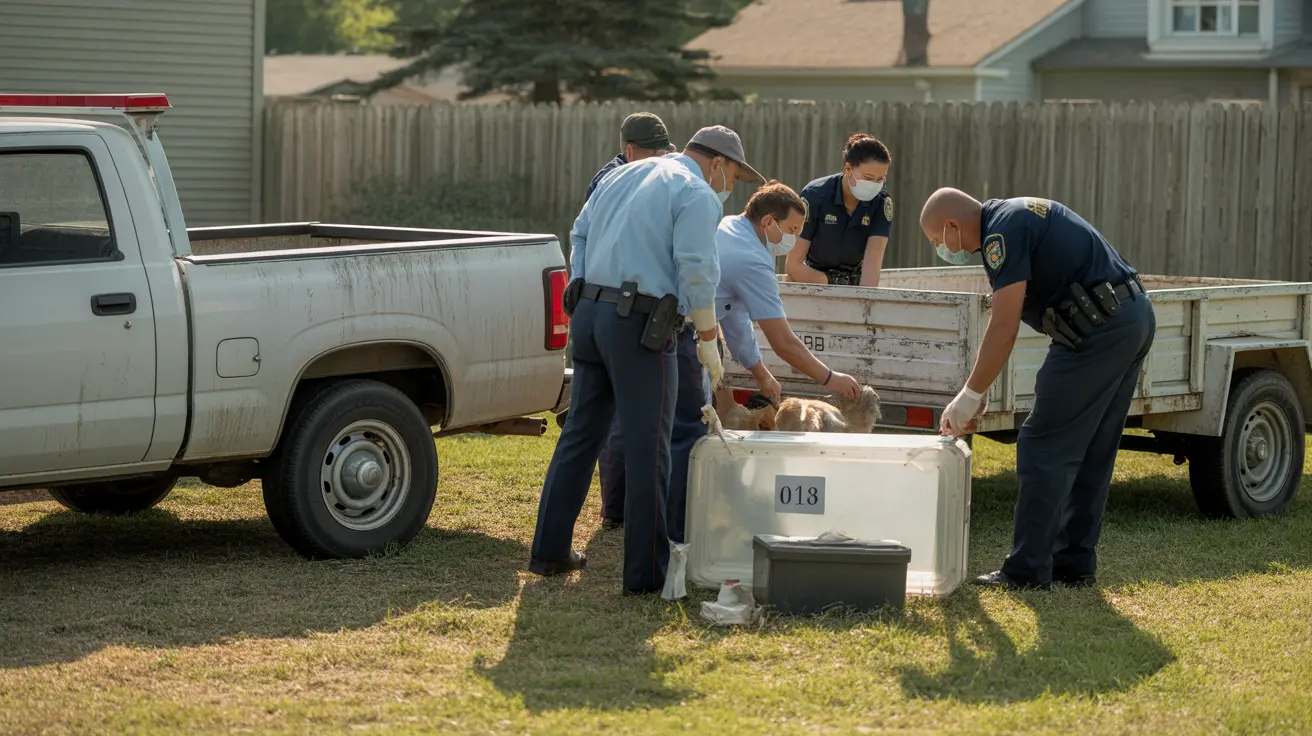Understanding the Common Triggers for Aggression in Pets
Aggression in pets is a complex and multifaceted behavior that concerns many pet owners. Knowing the underlying causes of aggression is essential to prevent dangerous situations and maintain a harmonious home environment. This article explores the most frequent triggers of aggression in animals, with a focus on dogs and cats, and provides guidance on how to recognize and manage them.
1. Fear-Based Aggression
One of the most common causes of aggression is fear. Pets may lash out when they feel threatened or cornered. This is a defensive reaction aimed at protecting themselves when escape is not an option.
Signs of fear-induced aggression include:
- Tense body language
- Low growling or hissing
- Backing away
- Snapping or swatting
Triggers may include:
- Unfamiliar people or pets
- Loud noises like thunderstorms or fireworks
- Past traumatic experiences
- Veterinary visits
2. Territorial Aggression
Many pets, particularly dogs, exhibit aggression when they feel their territory is being invaded. This behavior is instinctive and meant to protect their home and family members.
Common triggers include:
- Visitors or strangers entering the home
- Other animals approaching their space
- New family members or pets
Pet owners should be cautious when introducing new people or animals into a pet’s domain. Gradual and controlled introductions, along with positive reinforcement, can mitigate this type of aggression.
3. Pain or Illness
Just like humans, pets can become irritable or aggressive when they are in pain. If your normally gentle pet suddenly becomes aggressive, it's critical to consider a medical issue as the root cause.
Potential health-related causes include:
- Arthritis or joint pain
- Dental problems
- Injuries or wounds
- Neurological disorders
Always consult a veterinarian if you notice suspicious behavior changes. Prompt treatment can alleviate the pain and often resolve the aggression.
4. Frustration or Redirected Aggression
Sometimes pets can't access the target of their frustration and may redirect their aggression toward someone or something else nearby.
Scenarios can include:
- A dog seeing an animal outside through a window but unable to reach it
- A cat enraged by outdoor stimuli but attacking a household member instead
Preventing such scenarios involves minimizing triggering stimuli, like covering windows or using calming aids.
5. Possessive Aggression
Also known as resource guarding, this form of aggression arises when a pet feels the need to defend their possessions—food, toys, territory, or even people.
Common causes include:
- Approaching a pet while they’re eating
- Trying to take away a toy or bone
- Another animal getting near their food or bed
Management strategies include training pets to associate people approaching with positive experiences and teaching cues like “drop it.”
6. Social Conflict
Aggression may also occur within a multi-pet household due to conflicts between pets. Establishing dominance, protecting hierarchy, or miscommunication during play can all lead to aggressive incidents.
To reduce social conflict:
- Ensure each pet has their own resources
- Provide supervised interaction
- Limit competition during feeding or play
Environmental enrichment and behavioral training with a certified animal behaviorist can be very effective in resolving these issues.
Conclusion
Understanding the
common triggers for aggression empowers pet owners to recognize early warning signs and intervene before situations escalate. Whether the root is fear, pain, or territorial behavior, each cause requires a different approach. By observing your pet’s body language, consulting with professionals, and applying patient, proactive techniques, you can help your pets feel secure and reduce aggressive tendencies in daily life.





